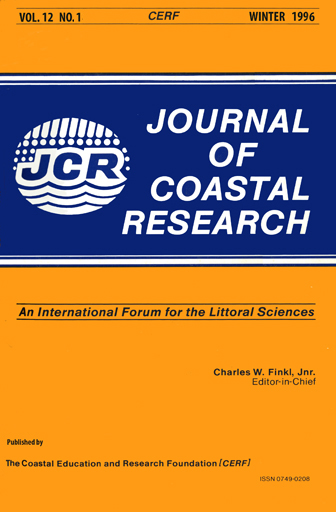Organochlorine Contamination of UK Essex Coast Salt Marsh Sediments
Keywords:
Insecticides, polychlorinated biphenyl, micro-pollutant, littoral, pollutionAbstract
Subsequent to an initial survey of sediments from five salt marshes along the UK Essex coast, samples were taken from a further two sites in Essex and one in North Norfolk. Sites were selected to assess the impact of sediment sources, particle size distribution and organic carbon content upon organochlorine contamination. The determination of average and median concentrations of insecticides and PCB in sediment from cores to a depth of 35 cm identified a degree of contamination that may be considered background in this area. Two sites, at Two Tree Island (in the Thames estuary) and at Bridgewick on the Dengie peninsula, were found to exhibit enhanced degrees of contamination.
There was no evidence to link elevated sediment organochlorine concentrations with higher organic carbon content or particle size distribution of the sediments. Distribution of contaminants within sediment particle size fractions, was however, related to the proportion of organic carbon in the <64μm fraction. The most significant factor influencing the degree of contamination with OCL and PCB is likely to be the source of sediments deposited on the salt marsh. Results imply that distance from the Thames estuary, associated sewage sludge dumping areas in the Barrow Deep and the effects of the mass movement of water into the southern North Sea via the English Channel may determine the relative enhancement of organochlorines in sediments of the Essex salt marshes.


